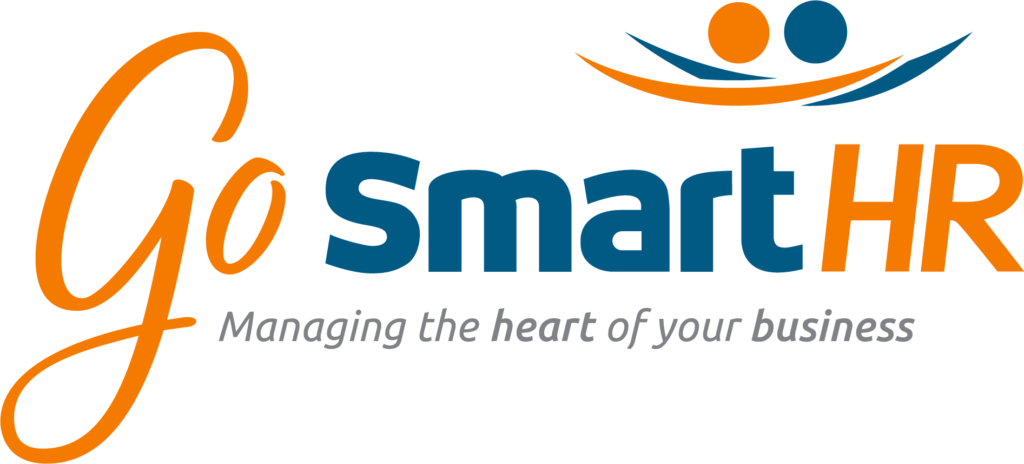In today’s fast-paced and ever-changing business environment, investing in comprehensive training administration and delivery as part of a Human Resource Information System (HRIS) is crucial for an organization’s success. Training and development have long been recognized as essential components of a thriving workforce. When integrated into an HRIS, these programs can yield numerous benefits for both employees and the organization as a whole.
Let’s explore the advantages of this approach and how SmartHR can help:
Improved Employee Performance and Productivity
Comprehensive training programs offered through an HRIS allow employees to enhance their knowledge and upgrade their skills. This results in improved performance and increased productivity in their respective roles. Upskilling employees to use advanced tools and technologies makes them more efficient and confident, enabling them to face challenges and adapt to changes more effectively. A culture of continuous learning is fostered, which promotes employee growth and contributes to overall productivity within the organization.
SmartHR builds a library of approved courses with validated providers and costs. Training plans can be created and approved via automated workflows to determine annual training budgets and training course demand to better understand where to deploy training resources.
Training can be managed through training events or online (synchronous/asunchronous) training to reduce the cost of delivery. By recording and tracking physical, online and adhoc training, a full picture emerges of training effectiveness.
By assigning role based training, training for current and future roles can be determined and budgeted for.
Enhanced Employee Engagement and Job Satisfaction
Investing in employee training and development shows that the organization values its workforce. When employees feel supported in their personal and professional growth, they are more engaged, satisfied, and motivated in their roles. This leads to higher job satisfaction, which in turn reduces turnover rates and the associated costs of recruiting and training new employees.
SmartHR tracks all the costs associated with training through the planning, delivery and completion. When combined with employee performance metrics and pay data, the impact of training across the organisation can be determined to establish the Return on Training Investment.
During the career development discussion or through the performance process, suitable training opportunities can be identified for employees. These training opportunities can also be illuminated automatically when leveraging the platforms position & competencies features enabled in part by integrated AI.
Attracting and Retaining Top Talent
In a competitive job market, offering comprehensive training and development programs can attract top talent to the organization. Prospective employees seek opportunities for growth and development in their careers, and organizations that invest in such programs demonstrate their commitment to employee growth. This enhances the company’s reputation as an employer of choice, increasing its ability to attract and retain skilled individuals.
Agility and Adaptability to Technological Advances
Training administration and delivery through an HRIS facilitate the quick and efficient dissemination of knowledge, enabling employees to adapt to technological advancements and new processes in the industry. Employees trained in new technologies are more likely to embrace and adopt them, keeping the organization competitive and agile in a rapidly evolving marketplace.
Managers and employees can requisition and motivate for training not yet in the course catalog . The learning officer can validate and assign training, measure effectiveness and impact on performance. With a unified HRIS platform you’ll also be able to combine any other stored data to build a more holistic and robust picture when running reports
By providing study assistance, organisations can encourage a culture of learning.
Clear Career Pathways and Opportunities for Advancement
Structured training and development programs create clear career pathways for employees. When employees see opportunities for growth and advancement, they are more likely to stay with the organization for the long term. This sense of purpose and direction in their careers contributes to a positive, more engaged and motivated workforce.
All along the way of your employees journey, you’ll be automatically capturing their growth, achievements, new competencies and other personal dimensions. When reporting on this, and comparing it to roles within the system generated org-chart, you will automatically and effortlessly identify appropriate candidates for your succession planning.
Improved Management and Leadership Skills
Comprehensive training programs offered through an HRIS also benefit managers and leaders within the organization. Training can provide managers with the tools and knowledge they need to effectively lead and communicate with their teams, including remote teams. As remote work becomes more prevalent, having well-trained managers is essential for maintaining team performance and engagement.
Using built in tools, you’ll be able to create your custom courses and deliver those cost effectively to all employees – especially new hires.
Compliance and Safety
Training administration within an HRIS can help ensure that employees are up-to-date with compliance requirements and safety protocols. It ensures that employees are aware of and follow relevant regulations, contributing to a safe and compliant work environment.
In conclusion, integrating comprehensive training administration and delivery as part of an HRIS offers numerous benefits for organizations. Improved employee performance, enhanced engagement, attraction and retention of top talent, adaptability to technological advances, and clear career pathways are just some of the advantages. By investing in the growth and development of your workforce, organizations pave the way for sustained success and growth in today’s dynamic business landscape.


